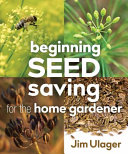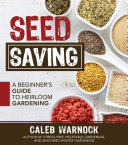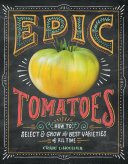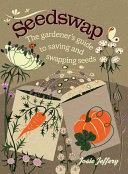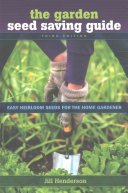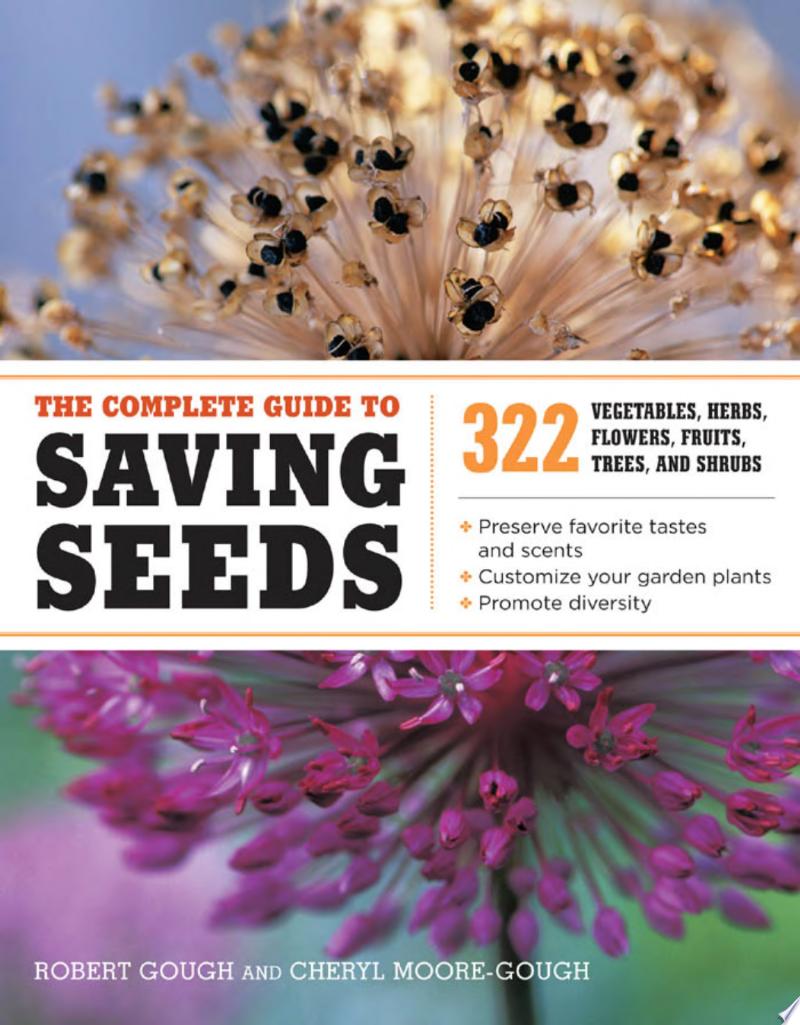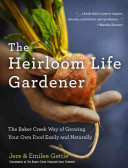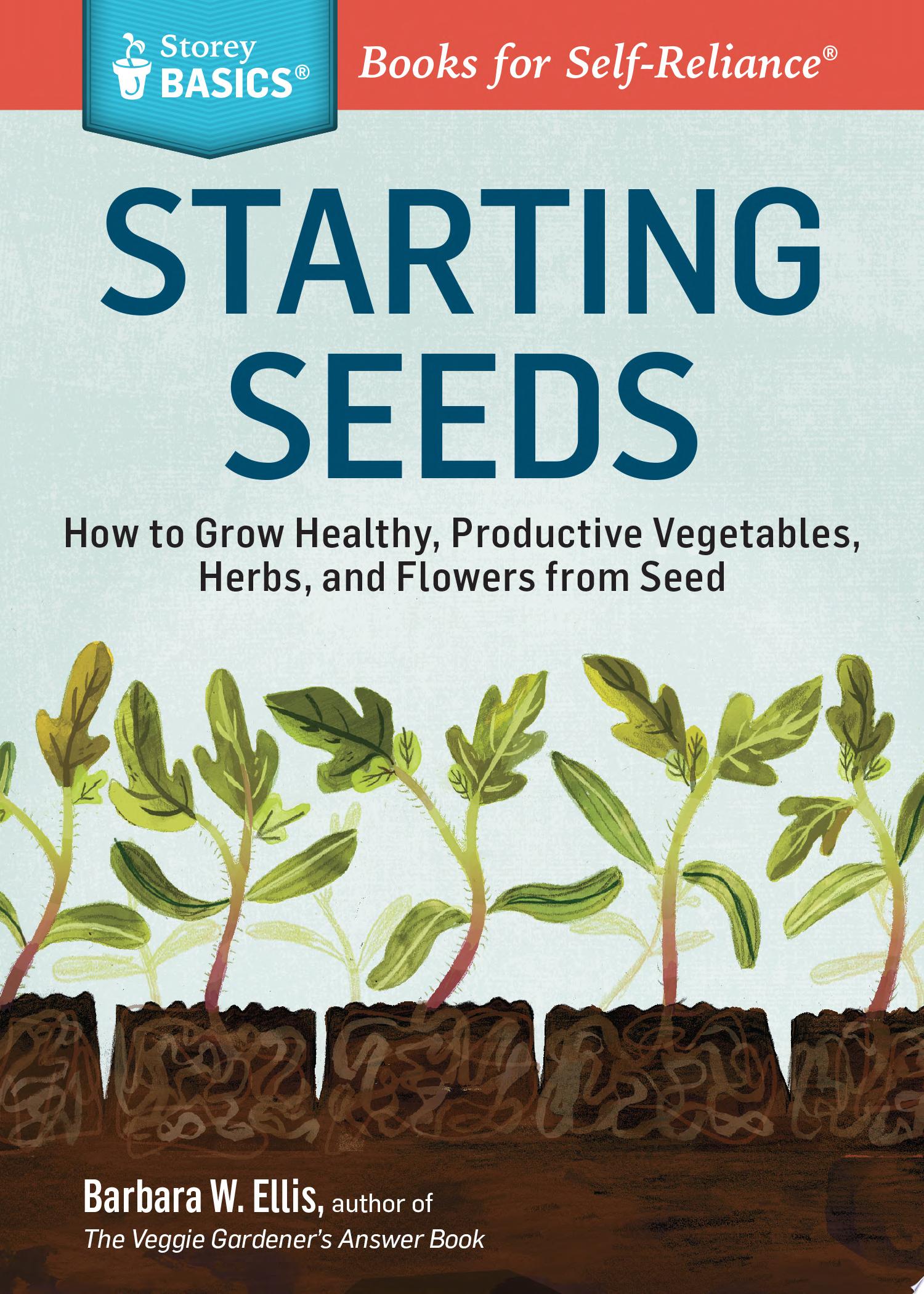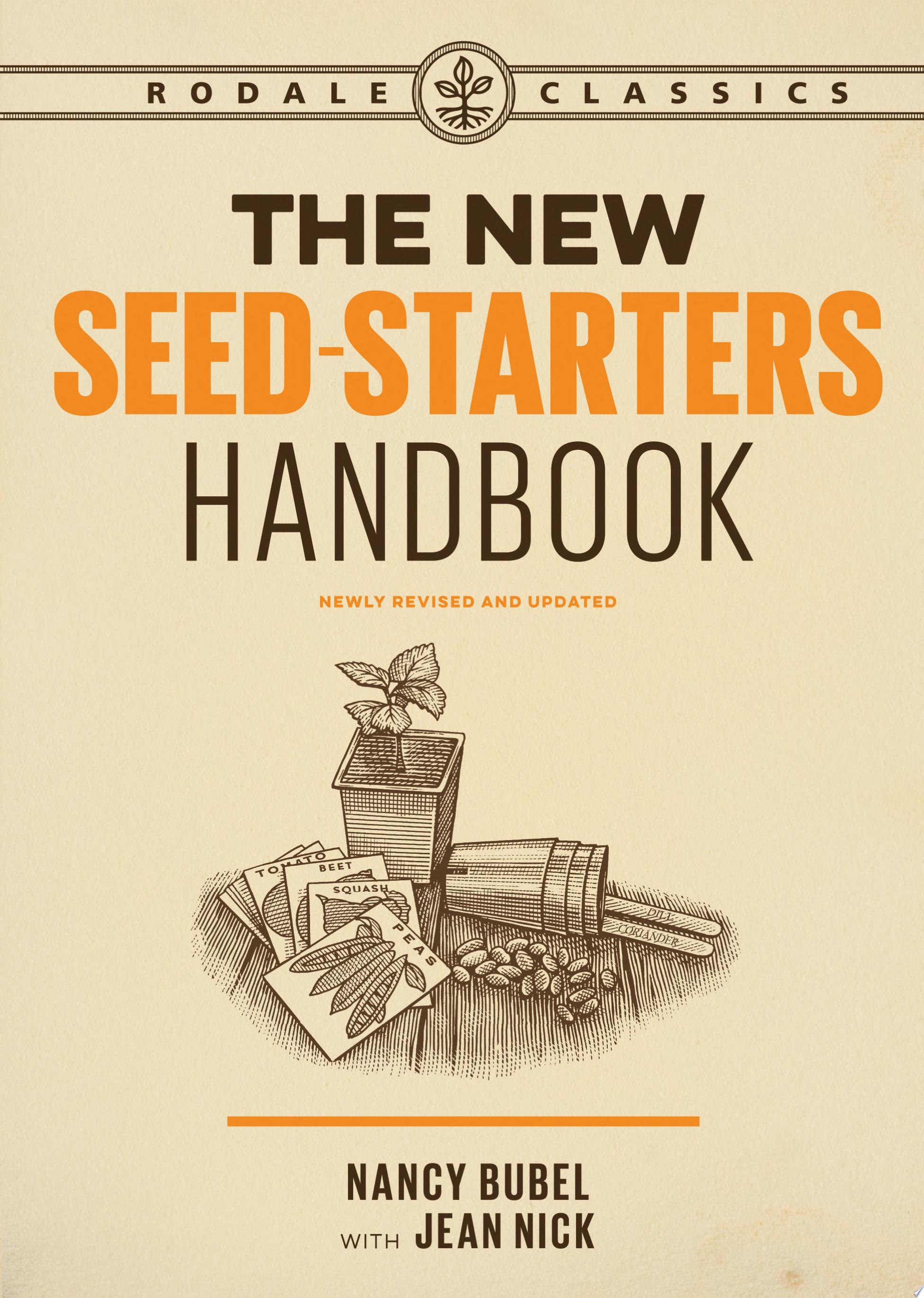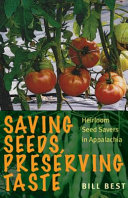Beginning Seed Saving for the Home Gardener
James Ulager
How home gardeners with limited time and garden space can reclaim the joy and independence of seed saving
Beginning Seed Saving for the Home Gardener explores how seed saving is not only easier than we think, but that it is essential for vibrant, independent, and bountiful gardens.
Many home gardeners refuse to eat a grocery store tomato, but routinely obtain seeds commercially, sometimes from thousands of miles away. And while seed saving can appear mysterious and intimidating, even home gardeners with limited time and space can experience the joy and independence it brings, freeing them from industry and the annual commercial seed order.
Coverage includes:
- Why seed saving belongs in the home garden
- Principles of vegetative and sexual reproduction
- Easy inbreeding plants, including legumes, lettuce, tomatoes, and peppers
- Plants with a few more challenges, including squash, spinach, onions, and parsley
- Brief discussion of more difficult crops, including corn, carrots, and cabbage.
Written by a home seed saver for the home seed saver, Beginning Seed Saving for the Home Gardener is a comprehensive guide for those who want to reclaim our seed heritage, highlighting the importance of saving seeds for you, your neighbors, and most importantly, subsequent generations.
